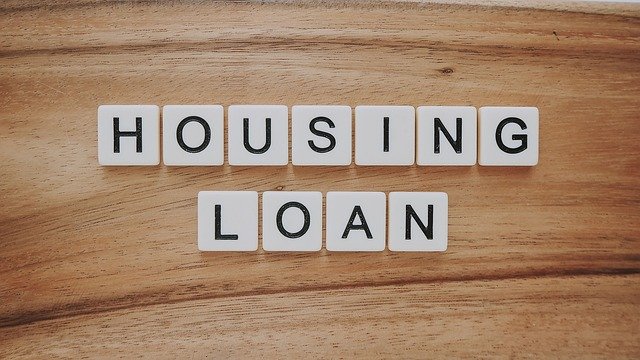Matching upgrade scope to realistic repayment abilities
Balancing the scale between desired home upgrades and realistic repayment plans starts with a clear assessment of finances and project priorities. Understanding loan types, probable interest and repayment schedules, and budgeting for permits, taxes, and contingency can keep a renovation on track without overextending credit.

Matching upgrade scope to realistic repayment abilities
Start by defining the gap between what you want to accomplish and what you can reasonably afford to repay. A clear initial paragraph lays out budget boundaries, anticipated timelines, and the types of financing you might use—whether tapping equity, taking a personal loan, or refinancing. Early clarity reduces the chance of scope creep during remodeling and helps you plan contingency reserves and permit-related costs.
How does budgeting guide renovation and remodeling scope?
A practical budget anchors the project scope. List must-have versus nice-to-have elements and assign rough costs: materials, labor, contractor fees, permits, and a contingency line (commonly 10–20%). Prioritizing work lets you phase projects if full funding would push repayment beyond comfortable levels. Budgeting also clarifies whether using savings, a personal loan, or a home equity product is most suitable given repayment constraints and credit standing.
What repayment and amortization schedules fit your income?
Repayment structure dictates monthly affordability. Shorter amortization periods raise monthly payments but reduce total interest; longer terms lower monthly costs yet increase lifetime interest. Match amortization to your cash flow: for stable income, shorter terms may make sense; if income varies, consider a longer term or a product with flexible repayment options. Always model scenarios for changes in employment, interest rate shifts (for variable products), and unexpected costs.
How do interest rates, credit, and refinance options affect costs?
Interest and credit profile directly affect what you’ll pay. Better credit scores generally secure lower interest rates, which can justify taking a larger loan for higher-value upgrades. Refinancing existing mortgage debt into a larger mortgage or taking a home equity loan/line can lower monthly payments in some cases but may extend the repayment period and affect taxes and insurance considerations. Compare offers and run amortization schedules to see total cost over time.
When should equity and appraisal influence project size?
Using home equity typically requires an appraisal to determine available borrowable value. An accurate appraisal helps decide whether you can access sufficient funds without overleveraging. If equity is limited, scale down remodel ambitions or plan phased remodeling to accumulate value before larger projects. Consider how the improvements themselves may increase home value and whether that justifies longer-term borrowing.
What contingency, permits, taxes, and insurance should you plan for?
Hidden costs often push projects beyond initial budgets. Factor in permit fees, property tax reassessments (possible after major remodeling), and any required insurance adjustments. Contingency funds cover unexpected structural issues or contractor change orders. Verify permit requirements in your area early to avoid delays and budget surprises; failing to secure permits can lead to costly retroactive corrections and insurance complications.
How to select a contractor and compare loan providers?
Choosing the right contractor and loan provider helps align project scope with repayment ability. Vet contractors by references, licenses, and a clear contract that details scope, schedule, and payment milestones. When evaluating lenders, compare product types (home equity loan, HELOC, unsecured personal loan, or mortgage refinance), repayment terms, fees, and eligibility requirements. Consider how each option affects monthly repayment, amortization, and long-term financial goals.
| Product/Service | Provider | Cost Estimation |
|---|---|---|
| Home Equity Loan (fixed) | Wells Fargo | Estimated APR range: around 5–8% for qualified borrowers; fixed monthly payments (varies by credit and LTV) |
| Personal Unsecured Loan for Renovation | SoFi | Estimated APR range: around 6–15% depending on credit profile; fixed-term amortization |
| Fixed-Rate Personal Loan for Home Improvement | LightStream | Estimated APR range: around 6–14% for qualified borrowers; no collateral required |
Prices, rates, or cost estimates mentioned in this article are based on the latest available information but may change over time. Independent research is advised before making financial decisions.
Conclusion
Matching upgrade scope to realistic repayment abilities requires evaluating your budget, repayment tolerance, and the type of financing that aligns with both short-term cash flow and long-term financial plans. Prioritize projects, build contingency into estimates, verify permits and insurance implications, and compare amortization options and providers carefully. A disciplined approach reduces the risk of overextension and helps ensure remodeling adds value without creating undue financial strain.






